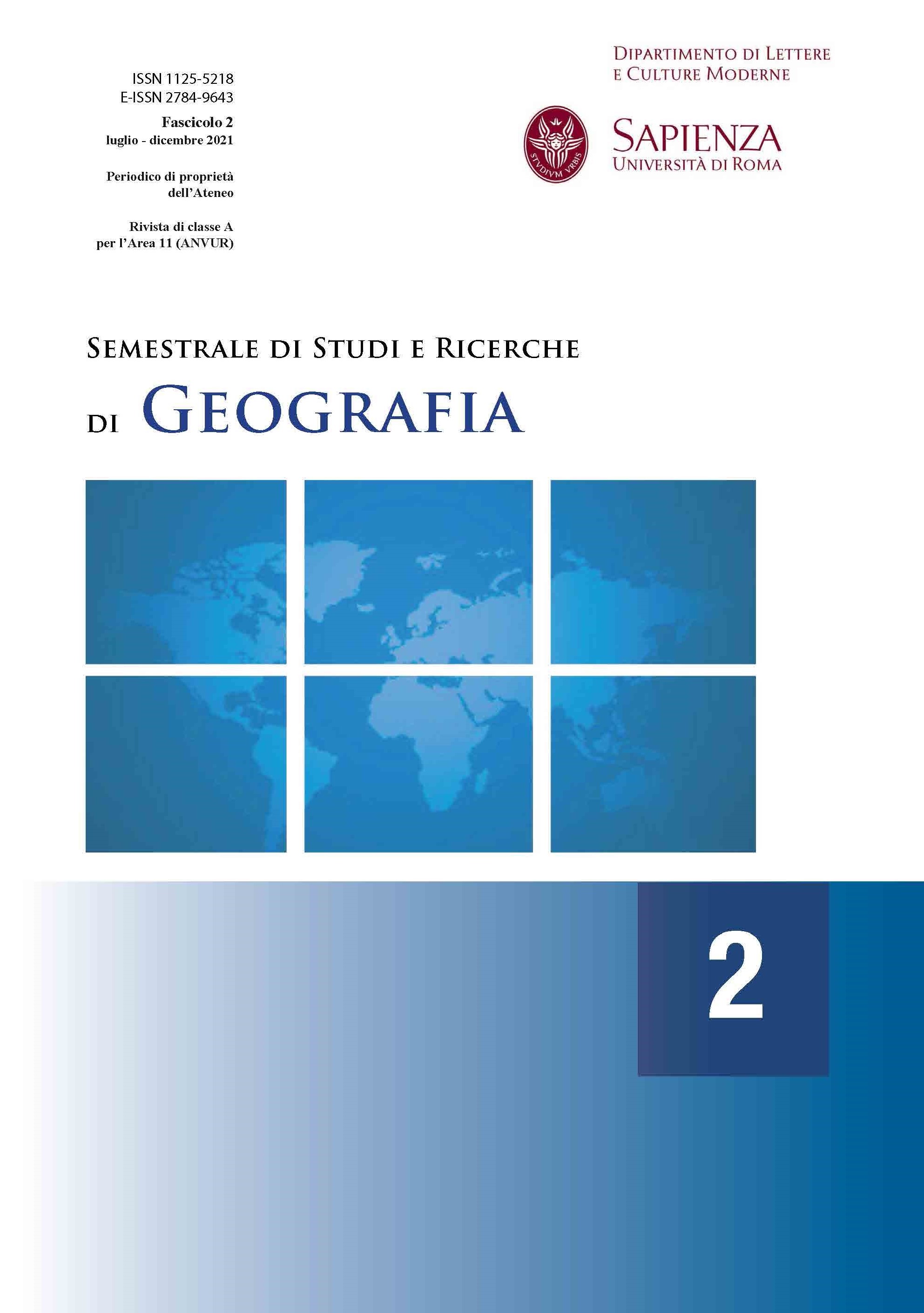Spatial representations from the company town to «Padania Classics»
DOI:
https://doi.org/10.13133/2784-9643/17375Keywords:
company town, corporate cinema, Pianura padana, megalopolisAbstract
This article outlines changes in the representation of certain places in the Po Valley by analyzing audiovisual and photographic sources. Three stages are identified: In the first one, a rhetoric narrative is found in some documentaries regarding Dalmine, now a former model village. The second stage, corresponding to the first decades after Second World War, is characterized by a documentary narrative that celebrates Italy as an uprising consumer society thanks to technological developments whereas a new territory takes shape without adequate urban planning. In the third stage, in the last decades of the century, a different narrative depicts with melancholy sense of decay the spatial disorder caused by mismanaged urban sprawl and industrialization (Turri 1979; Celati, 1989a). In this case, while the dream of utopian self-determination dis-appears, a new landscape emerges in search for a new identity. Finally, a post-modern variant of the latter narrative emerges in the project Atlante dei Classici Padani (D’Ab-braccio et al., 2015), in which abandoned areas (Dal Borgo et al., 2016; Varotto, 2014) and kitsch architecture are perceived in an alternative way, seen as icons of contempo-rary landscape.
Downloads
Published
Issue
Section
License
Copyright (c) 2021 Semestrale di studi e ricerche di geografia

This work is licensed under a Creative Commons Attribution 4.0 International License.
Gli autori che pubblicano su questa rivista accettano le seguenti condizioni:- Gli autori mantengono i diritti sulla loro opera e cedono alla rivista il diritto di prima pubblicazione dell'opera, contemporaneamente licenziata sotto una Licenza Creative Commons - Attribuzione che permette ad altri di condividere l'opera indicando la paternità intellettuale e la prima pubblicazione su questa rivista.
- Gli autori possono aderire ad altri accordi di licenza non esclusiva per la distribuzione della versione dell'opera pubblicata (es. depositarla in un archivio istituzionale o pubblicarla in una monografia), a patto di indicare che la prima pubblicazione è avvenuta su questa rivista.
- Gli autori possono diffondere la loro opera online (es. in repository istituzionali o nel loro sito web) prima e durante il processo di submission, poiché può portare a scambi produttivi e aumentare le citazioni dell'opera pubblicata (Vedi The Effect of Open Access).


